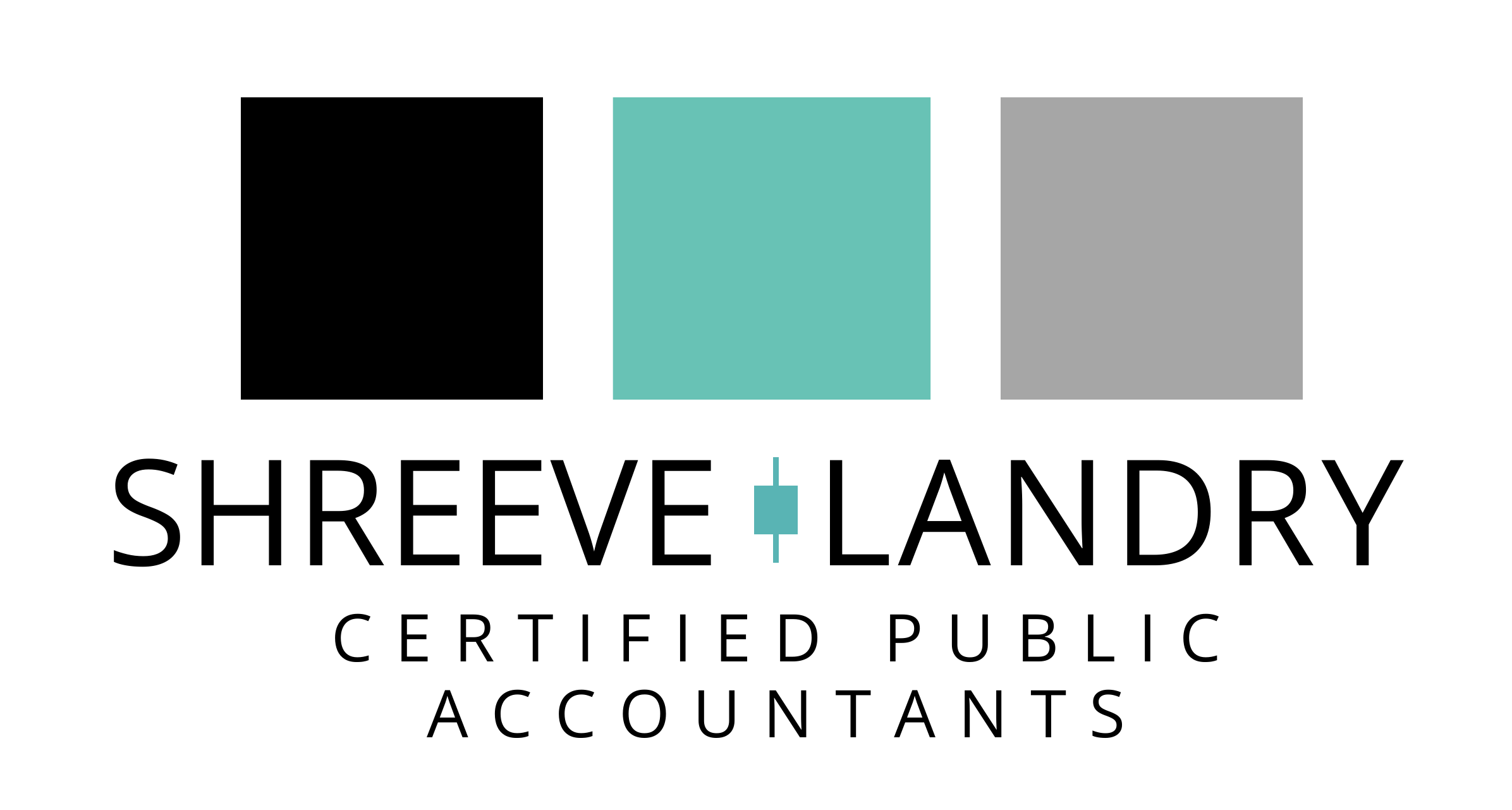Navigating the complexities of the 2023 tax year requires an understanding of the latest tax regulations and changes. This guide breaks down the essential information into digestible sections, providing you with the knowledge needed to manage your taxes effectively.
Personal Exemptions
For the tax years 2018-2025, taxpayers will not be eligible for personal exemptions. This change is part of the broader tax reform efforts aimed at simplifying the tax code. While personal exemptions have been a staple of past tax filings, their suspension may affect your taxable income calculations.
Standard Deductions
The standard deduction has increased for the 2023 tax year, providing taxpayers with a higher base amount of income that is not subject to tax. These adjustments reflect an effort to simplify tax preparation and reduce the tax burden for many Americans.
- Married couples filing jointly: $27,700
- Singles and married individuals filing separately: $13,850
- Heads of households: $20,800
- Additional deductions for seniors and the blind:
- Married individuals: $1,500
- Singles and heads of households: $1,850
Seniors and the blind are eligible for additional deductions, enhancing the tax benefits for these groups and acknowledging their unique financial challenges.
Income Tax Rates
The United States employs a progressive tax system, meaning that as your income increases, the tax rate on additional income also rises. This system is designed to ensure a fair taxation process, where those with higher incomes contribute a larger share.
Under this system, not all of an individual’s income is taxed at the same rate. Instead, income is divided into segments based on specified thresholds, and each segment is taxed at its corresponding rate.
This means only the income exceeding each threshold is taxed at the higher rate, not the total income. For example, if a married couple filing jointly earns $94,350, their income up to $23,200 is taxed at 10%, the income between $23,201 and $94,300 is taxed at 12%, and only the amount over $94,300 (if any) would be subject to higher rates. This system aims to ensure a more equitable taxation by imposing higher taxes on higher income brackets.
Here’s how it works for your 2023 individual taxes:
- 10% Tax Rate
- Up to $11,600 for singles
- Up to $23,200 for married filing jointly
- 12% Tax Rate
- Over $11,600 for singles
- Over $23,200 for married filing jointly
- 22% Tax Rate
- Over $47,150 for singles
- Over $94,300 for married filing jointly
- 24% Tax Rate
- Over $100,525 for singles
- Over $201,050 for married filing jointly
- 32% Tax Rate
- Over $191,950 for singles
- Over $383,900 for married filing jointly
- 35% Tax Rate
- Over $243,725 for singles
- Over $487,450 for married filing jointly
- 37% Tax Rate
- Over $609,350 for singles
- Over $731,200 for married filing jointly
Capital Gains Tax Rates
Capital gains tax rates apply to earnings from investments such as stocks or real estate. The rates are structured to encourage long-term investments by offering lower taxes on gains realized from assets held for more than a year.
- 0% for taxable income up to $44,625 (single), $89,250 (married filing jointly)
- 15% for income up to $492,300 (single), $553,850 (married filing jointly)
- 20% for income exceeding these thresholds
Estate and Gift Taxes
The estate and gift tax exemptions for 2023 allow individuals to transfer a significant amount of assets either during their lifetime or as part of their estate, free from federal taxation. This provision helps in estate planning and wealth transfer strategies.
- Exemption of $13.61 million per individual
- Annual exclusion for gifts is $18,000
- Top tax rate of 40%
Alternative Minimum Tax (AMT)
The AMT is designed to ensure that individuals with high incomes pay a minimum amount of tax, preventing them from using excessive deductions and credits to lower their tax liability. The exemption amounts are adjusted to reflect changes in the economy and cost of living.
- Single/Head of household: $81,300
- Married filing jointly/Qualifying widow(er): $126,500
- Married filing separately: $63,250
Health Savings Account (HSA)
HSAs offer a tax-advantaged way to save for medical expenses, allowing individuals and families to set aside pre-tax dollars. Contributions to an HSA can lower your AGI, potentially reducing your overall tax burden.
- Contribute up to $3,850 (self) or $7,750 (family)
- Contributions for the 2023 tax year can be made until April 15, 2024
Flexible Spending Account (FSA)
FSAs provide another avenue for saving on healthcare costs through pre-tax contributions. The use-it-or-lose-it rule is mitigated by the carryover option, making FSAs a valuable tool for managing out-of-pocket medical expenses.
- Limit of $3,050 per year
- Maximum carryover of $610
Tax Credits
Tax credits directly reduce your tax liability, offering significant savings. From supporting adoption to providing relief for childcare and education expenses, these credits are designed to alleviate specific financial burdens faced by taxpayers.
Here are some tax credits you need to know about for your 2023 individual taxes:
- Adoption Credit: Up to $15,950 per eligible child
- Child and Dependent Care Credit: Up to 35% of $3,000 for one dependent, $6,000 for two or more
- Child Tax Credit: $2,000 per child under 17, with a $1,400 refundable portion
- Credit for Other Dependents: $500 nonrefundable
- Earned Income Tax Credit (EITC): For low- to moderate-income workers, phased out completely at AGI of $63,698
Education Expenses & Credits
Investing in education is encouraged through tax credits, which reduce the cost of higher education for students and their families. These benefits are structured to support both undergraduate and ongoing education efforts.
- American Opportunity Tax Credit (AOTC): Up to $2,500, with 40% refundable
- Lifetime Learning Credit: Up to $2,000, nonrefundable
- Employer-Provided Educational Assistance: Exclude up to $5,250 of reimbursed expenses
- Student Loan Interest Deduction: Up to $2,500
Retirement
Saving for retirement is supported through various tax-advantaged accounts and plans. Contribution limits are periodically adjusted to encourage and facilitate retirement savings, helping individuals secure their financial future.
- 401(k)/403(b)/457/Thrift Savings Plan contribution limit: $22,500 ($30,000 for those 50+)
- Retirement Savings Contributions Credit (Saver’s Credit): Up to $2,000 ($4,000 if married filing jointly), with specific AGI limits
The Bottom Line
This guide aims to provide a clear overview of the tax changes and requirements for the 2023 tax year, helping you to prepare effectively. For personalized advice or further information, consider scheduling a consultation with a tax professional.








